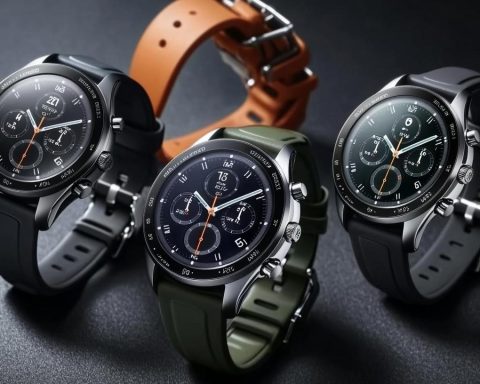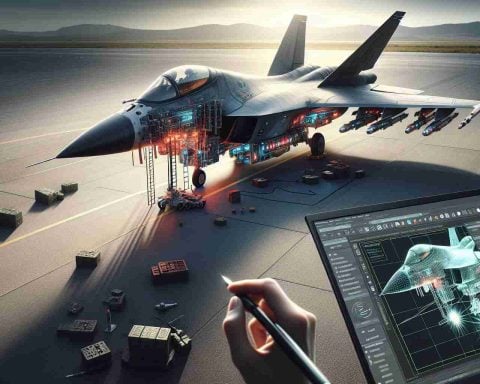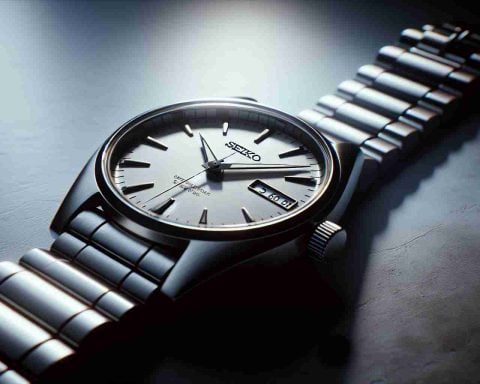Samsung has unveiled a significant update to its smart TV platform, bringing a unified software experience to its devices. The tech giant announced during its annual developer conference that it is integrating all its products under the One UI interface, a project originally planned for 2025 but already in progress.
The 2023 line of Samsung smart TVs, including the S90C OLED model, now features this updated interface. While One UI serves as the overarching design, the foundation remains the Tizen operating system. Notable enhancements include a refreshed user interface, along with expanded Game Bar features, creating a cohesive look similar to Samsung Galaxy smartphones. Shared elements, such as icons and animations for apps like Bixby, Gallery, Samsung Internet, and SmartThings, exemplify this integration.
The latest updates also introduce functionality that appeals to fitness enthusiasts. Owners of the Galaxy Watch FE can now view real-time workout data directly on their television screens. Additionally, there is improved language support for the on-screen keyboard, making it more accessible to a diverse range of users.
Samsung’s commitment extends beyond mere software unification. The company has pledged up to seven years of support for its smart TVs, aligning with the support period it offers for flagship smartphones. This strategic move ensures consumers will enjoy a consistent, high-quality user experience across their suite of Samsung devices.
The Impact of Samsung’s One UI on Smart TVs and Global Communities
Samsung’s recent update to its smart TV platform marks a transformative moment in the world of consumer electronics. By unifying its devices under the One UI interface, a familiar feature to Galaxy smartphone users, Samsung is not only changing how its devices interact with each other but also how they integrate into the lives of people globally.
Revolutionizing Home Entertainment Experiences
The introduction of One UI on Samsung’s Smart TVs, notably the 2023 lineup such as the S90C OLED model, promises to streamline user experience, making interactions with devices more intuitive and visually cohesive. By maintaining the Tizen operating system as its backbone, Samsung ensures that users benefit from a robust and efficient platform, now enhanced by features like a refreshed user interface and an advanced Game Bar for avid gamers.
The Interconnected Home
For those invested in creating a smart home environment, Samsung’s integration through One UI facilitates seamless interaction across different devices. The shared icons and animations mimic the familiarity users have grown accustomed to with their Samsung smartphones, thereby creating an interconnected ecosystem. Acknowledging the increasing importance of health and wellness technology, Samsung allows Galaxy Watch FE owners to display real-time workout data on their TVs, merging fitness and entertainment for users’ convenience.
Global Accessibility and Longevity
Samsung’s approach also demonstrates a significant commitment to accessibility and longevity. Enhanced language support on the on-screen keyboard breaks down barriers for non-English speaking users, contributing to a more inclusive digital environment. Furthermore, Samsung’s pledge to offer up to seven years of support for its smart TVs guarantees prolonged device relevance, ensuring users’ investment in Samsung products is justified. This long-term support mirrors the strategy used for their flagship smartphones, indicating a broader shift toward sustainable consumer electronics.
Controversies and Discussions
Despite these advancements, Samsung’s strategy has not been without controversy. The intensive integration under the One UI umbrella has sparked discussions about the potential implications for user privacy and data security, as interconnected devices often share vast amounts of personal information. Consumers and privacy advocates continue to question how data is managed within such a unified ecosystem.
Moreover, as Samsung enhances its interconnected devices, some users fear a potential monopolization of their digital experience, where diversifying device brands within a home could lead to compatibility issues. With rising concerns about e-waste, Samsung’s commitment to extended support periods could play a pivotal role in addressing these environmental impacts, provided software updates extend hardware life effectively.
Conclusion
The implications of Samsung’s One UI transcend beyond a simple software update; they represent a notable shift in how technology supports and enhances daily life. Emphasizing user engagement across their ecosystem, Samsung aims to offer a synchronized and enriched experience. As technology continue evolving, the deliberations surrounding privacy, sustainability, and inclusivity will play a crucial role in shaping future developments in smart technology.
For more details on Samsung’s innovations, you can visit the Samsung official website.
The article has been updated: 2024-11-03 20:26
Here are some suggested related links:
1. Samsung Official Website – The official website of Samsung, featuring the latest news and updates on their electronic products, including Smart TVs and home entertainment systems.
2. The Verge – A technology news site that covers the latest in gadgets and product announcements, including detailed articles and reviews on Samsung’s innovations.
3. CNET – A comprehensive resource for tech reviews, product news, and buying guides, providing insights into Samsung Smart TV capabilities and user experiences.
4. TechCrunch – A leading technology media property that covers startups and established tech companies, with news about Samsung’s latest advancements in Smart TV technology.
5. Digital Trends – An online source for technology news and product reviews, featuring analysis of Samsung’s Smart TV features and user interface updates.
The article has been updated. 2024-11-06 23:04
What are the key features of Samsung’s revamped Smart TV interface?
Samsung’s revamped Smart TV interface emphasizes a seamless and unified user experience, integrating various streaming services and content sources into a single, intuitive platform. Key features include a customizable dashboard, enhanced content discovery through improved recommendations, and a streamlined navigation system that allows users to easily switch between apps and content. Additionally, Samsung has incorporated voice control functionality, making it easier for users to access their favorite shows and services using simple voice commands, thus enriching the overall viewing experience.



















